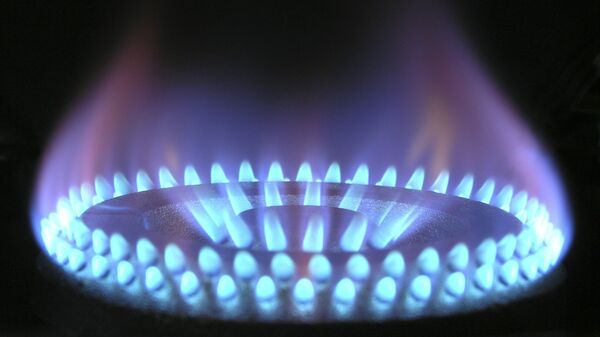Australia has released new plans for the country’s first biomethane-to-gas project. The new renewable energy initiative will see wastewater from Sydney’s Malabar treatment plant, used to generate biomethane, powering an estimated 24,000 homes in the process. Looking at this story in greater detail, Sputnik spoke to Bernadette McCabe, a professor and principal scientist at the University of Southern Queensland.
Sputnik: How can wastewater be turned into energy?
Bernadette McCabe: Wastewater is treated at a wastewater treatment plant using a process called anaerobic digestion. Anaerobic digestion will break down organic waste. The product of anaerobic digestion is a biogas, which is about 50% methane, with the rest carbon dioxide. The methane can be either used to generate electricity, also heat, or it can be upgraded/cleaned of that carbon dioxide to produce a product called biomethane, and that's about 98% methane.
Sputnik: What are the benefits and challenges of biomethane?
Bernadette McCabe: Biomethane has an array of benefits and the big one really includes it being a net zero emissions fuel. You utilise biomethane and capture the carbon dioxide from the upgrading process that can be used in other industries, such as manufacturing, and that in itself means that it can potentially be what we call a carbon negative emitter. Another important benefit is that biomethane is interchangeable with existing natural gas usage and so you can utilise the existing gas infrastructure without any sort of additional components added to it; you can capture emissions from other processes such as a landfill gas, so from other industries.
Biomethane production can have potential economic opportunities for regional areas and it also assists with the generation of skilled jobs in planning, engineering, operating and maintenance of biogas and biomethane plants. Some of the challenges exist where we have, say large scale production, which you see internationally, which requires the purchase of feedstocks for much of the throughput, and therefore could be expensive. Also, the cost of upgrading to biomethane has to be added to the production cost to buy gas.
Sputnik: What does the worldwide picture look like regarding this energy source?
Bernadette McCabe: A report by the International Energy Agency that was published earlier this year said that biogas and biomethane could cover about 20% of global natural gas demand, and if we look at the top biomethane producing countries, they include Germany, the UK, France, and the US. A 2017 report suggests that renewable natural gas could meet 76% of Europe's natural gas demand by 2050. Looking at the EU, in 2015, there were 459 biogas upgrading plants in operation in the EU. Sweden, the UK, Switzerland, France, and the Netherlands have all increased their biomethane production significantly in the last five years and in the short term, the development of green gas, which is another name for biomethane, includes the injection of biomethane to the gas network, and that's going to be the primary focus of this developing industry.


